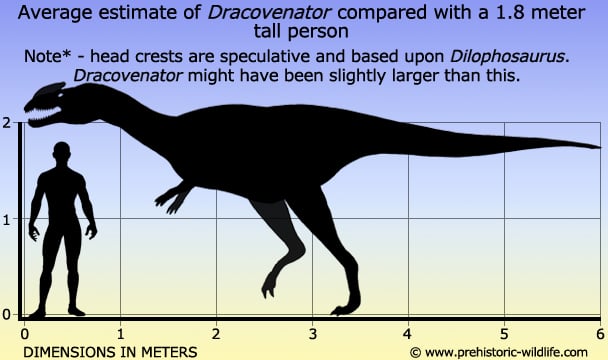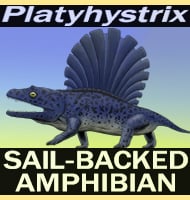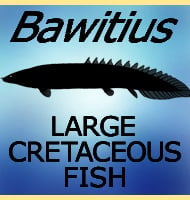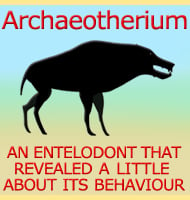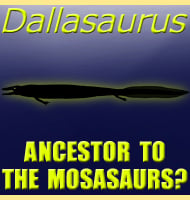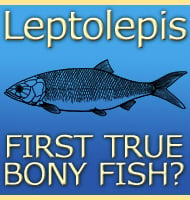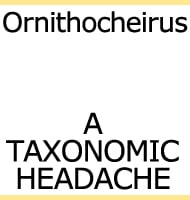In Depth
Although pieced together and described from very incomplete skull material, Dracovenator has been identified as being similar to Dilophosaurus. With this in mind the 2006 description of Dracovenator saw it classified as a dilphosaurid and related to Dilophosaurus from North America, and Zupaysaurus from South America, though not all palaeontologists are convinced about the assessment of Zupaysaurus as a dilophosaurid. Dracovenator may have hunted sauropodomorph dinosaurs such as Massospondylus as well as early ornithischians such as Lesothosaurus.
Further Reading
– A new theropod dinosaur from the Early Jurassic of South Africa and its implications for the early evolution of theropods – Palaeontologia Africana 41:105-122 - A. M. Yates - 2005.
